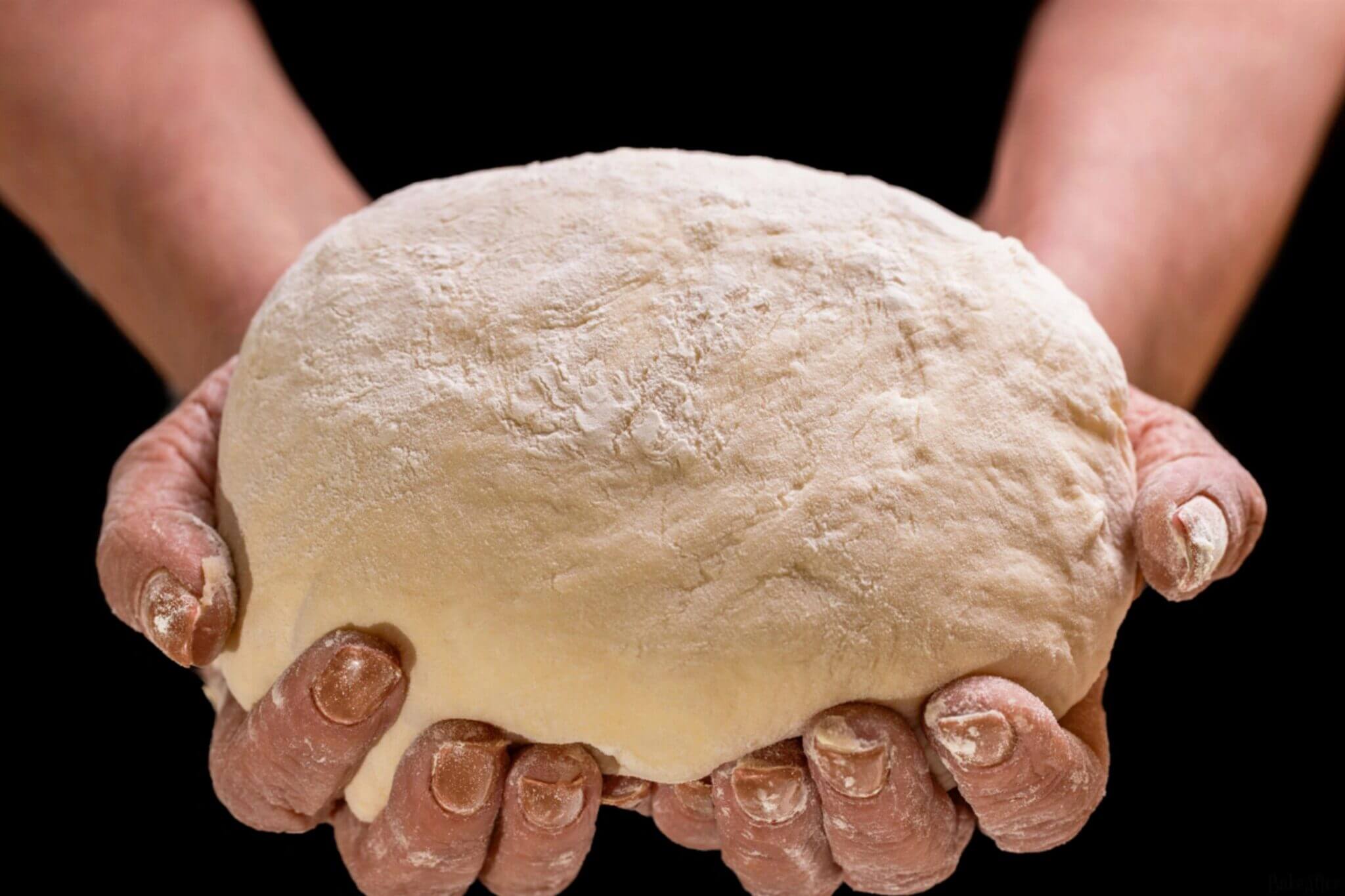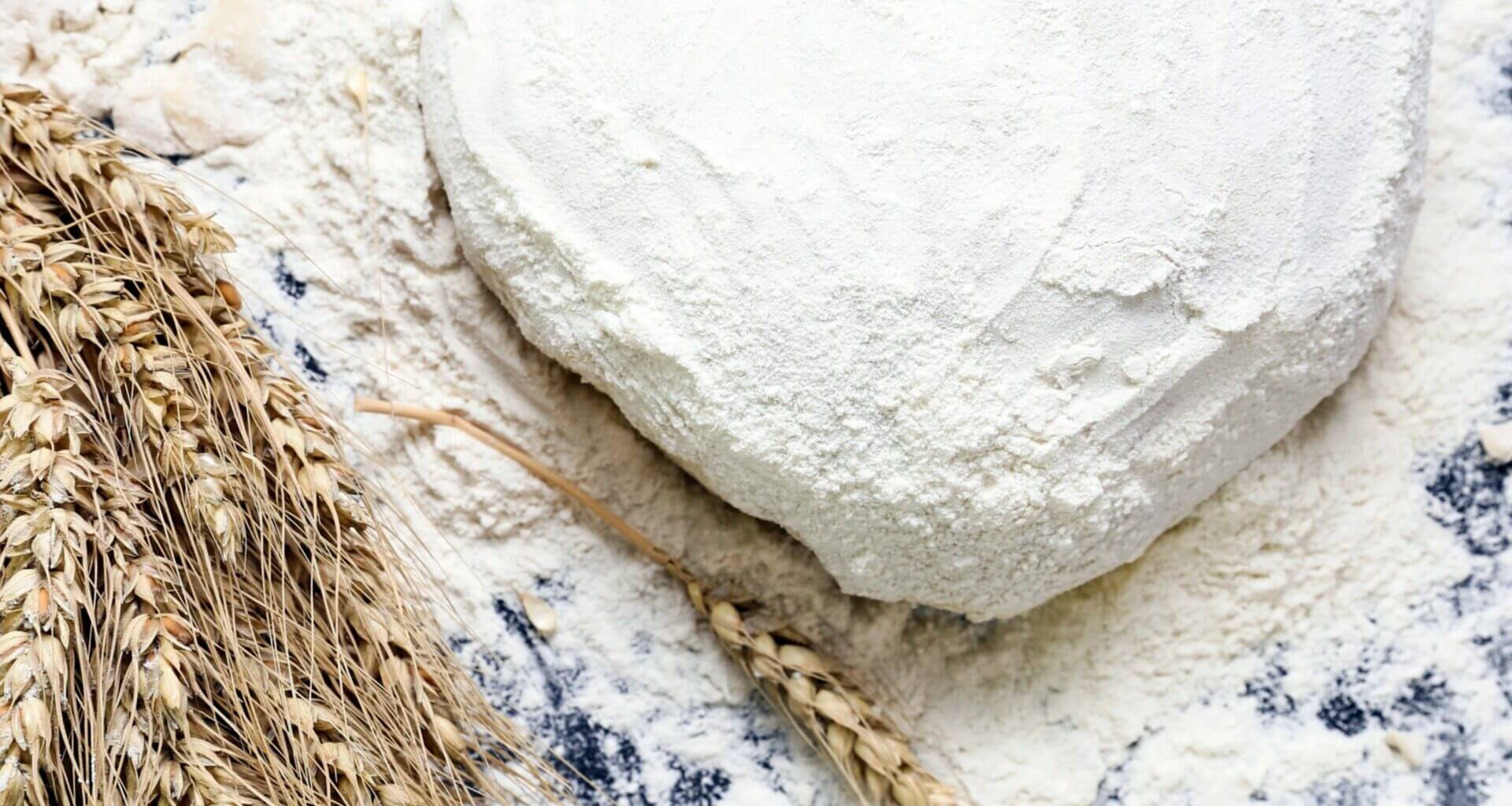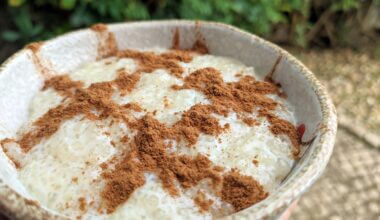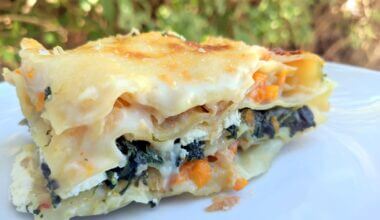Leavening agents are absolutely essential for modern baking, thanks to them, you can create a variety of delicious, fluffy, soft, and easily digestible products. But it’s also important to know how to choose the right amount and the right type of leavening agent for each recipe. Trust me, I’ve learned this over the years the hard way ;D
Whether you’re making your first loaf of bread or you’re a seasoned baker looking to perfect your technique, understanding the difference between yeast and chemical leaveners can make or break your baking adventures.
Understanding the Two Main Types of Leavening
Before we dive into the nitty-gritty, let’s get one thing straight: there are basically two families of leavening agents, and they work in completely different ways.
Chemical Leavening (Baking Powder/Baking Soda): This is essentially made up of sodium bicarbonate (NaHCO3) that reacts with heat and moisture, creating carbon dioxide gas and water. This makes the dough gain volume by expanding and creating small air pockets. When using chemical leaveners, you should put the dough straight into the oven, no waiting around!
Biological Leavening (Yeast): This consists of a yeast culture (a type of fungus) that, being a living organism, needs certain conditions to react properly. In this case, it needs glucose, which with a small increase in temperature creates carbon dioxide and alcohol. When using biological leaveners, you need to let the dough rest and rise before putting it in the oven.
The key difference? Chemical leaveners do their work IN the oven, while yeast does its work OUTSIDE the oven therefore before baking!
The Yeast Family
There are four main types of biological yeast you’ll encounter, and honestly, the naming can be confusing because different brands like to call the same thing by different names.
Active Dry Yeast
This is your classic yeast that comes in little packets or jars. The yeast is dormant and needs to be “activated” or “proofed” before use. You mix it with warm water (not hot, you’ll kill the little guys!) and a pinch of sugar, then wait for it to foam up. This tells you the yeast is alive and ready to work.
Instant Yeast (Also Called Bread Machine Yeast)
This is basically the same as active dry yeast, but the granules are smaller and it’s been treated to dissolve more easily. You can mix it straight into your flour without proofing, though I still like to proof it when I have time, it gives me peace of mind knowing my yeast is active.
Fresh Yeast (Cake Yeast or Compressed Yeast)
This is the same as dry yeast, just in a more concentrated form, usually sold in small cubes or blocks (lots of times on the fridge section of a supermarket). It’s what most professional bakers use, and you can usually get it from your local bakery if you ask nicely. It’s more potent than dry yeast, so you normally need less of it.
Sourdough Starter (Wild Yeast or Mother Dough)
This is basically fermented dough that’s used to leaven the next batch. It’s made by capturing wild yeast from the environment and feeding it flour and water over several days or its yeast cultures from other bakers/bakeries. You can get starter from bakeries, friends, or make your own, though making your own takes patience and isn’t always successful, the bakeries have really good cultures, making your own you can have a very good or not that good, it depends ;D
Conversion Chart (Getting the Amounts Right)
This is probably what you came here for, right? Here’s how to convert between different types of yeast:
| Fresh Yeast | Active Dry Yeast | Instant Yeast |
|---|---|---|
| 15 grams | 5 grams | 5 grams |
| 30 grams | 10 grams | 10 grams |
| 60 grams | 20 grams | 20 grams |
Handy Measurements:
- 5 grams instant yeast ≃ 1/2 tablespoon or 1 packet
- 5 grams active dry yeast ≃ 1/2 tablespoon
- 15 grams fresh yeast ≃ 1 small cube
- 10 grams instant yeast ≃ 1 tablespoon or 1 packet
- 10 grams active dry yeast ≃ 1 tablespoon
- 30 grams fresh yeast ≃ 2 cubes
- 20 grams instant yeast ≃ 2 tablespoons or 2 packets
- 20 grams active dry yeast ≃ 2 tablespoons
- 60 grams fresh yeast ≃ 4 cubes or 1 block
Important note: These conversions are guidelines! Different brands can have different potencies, and environmental factors like temperature and humidity affect how well yeast works. Always read the package instructions first. And depending on the results make a note for next time.
Chemical Leaveners: The Quick and Reliable Option
Baking Powder
This is your all-in-one chemical leavener. It contains both an acid (usually cream of tartar) and a base (sodium bicarbonate), plus some starch to keep them from reacting until they hit moisture and heat. Most baking powders are “double-acting,” meaning they release gas twice, once when mixed with liquid, and then again when heated.
Baking Soda
This is just pure sodium bicarbonate. It needs an acidic ingredient in your recipe (like buttermilk, yogurt, chocolate, or brown sugar) to activate. It’s stronger than baking powder, so you use less of it.
When to Use What:
- Use baking powder when your recipe doesn’t have acidic ingredients.
- Use baking soda when your recipe has natural acids.
- Never substitute one for the other without adjusting the recipe, trust me, I’ve made some pretty awful pancakes this way!
Can You Mix Chemical and Biological Leaveners?
Here’s a question I get a lotm can you use both yeast and baking powder in the same recipe?
Technically, yes, but I don’t recommend it for most home bakers. Here’s why: they work so differently that you’re not really gaining much. Yeast needs time to develop flavor and create that beautiful bread structure, while baking powder just wants to get the job done quickly. Using both doesn’t make things “extra fluffy”, it’s more likely to throw off the balance of your recipe.
The exception? Some enriched breads (like brioche or sweet breads) might use a tiny bit of baking powder along with yeast, but these are specialty recipes designed with both in mind.

15 Essential Tips for Success with Leavening Agents
Here are my tried-and-true tips for getting the best results:
For Yeast
- Store yeast in the freezer, it lasts much longer there
- Use warm water, not hot when proofing yeast (about 37.8–43.3°C or 100-110°F)
- Work in a warm kitchen, when making bread
- Add salt near the end of mixing to avoid killing the yeast
- Let dough rise in metal or glass bowls, they hold heat better
- Expect to use more flour, when kneading by hand vs. machine
- Adjust liquid for season, use more water in winter/dry weather, less in summer/humid weather
- Account for fruit’s moisture, fresh fruit adds liquid to your dough
- Use milk instead of water, for a softer crumb
- Add a little oil, to prevent the dough from drying out too quickly
For All Baking
- 11. Always preheat your oven, this is crucial for proper rise
- 12. For crusty bread, use water in the dough and brush with water
- before baking
- 13. For soft crust, use milk in the dough and brush with butter after baking
- 14. For shiny crust, brush with beaten egg before baking
- 15. Don’t overmix batters with chemical leaveners, just until combined
Troubleshooting Common Baking Problems
My bread didn’t rise:
- Check your yeast’s or baking powder expiration date, both have!
- Make sure your water wasn’t too hot (it kills yeast) or too cold (yeast won’t activate).
- Did you add salt directly to the yeast? That can kill it.
- Is your kitchen too cold? Try finding a warmer spot.
My bread rose too much and collapsed:
- You might have used too much yeast or let it rise too long.
- The dough may have over-proofed, it should only double in size.
- Your oven might not have been hot enough to “set” the structure.
My cakes are dense:
- Old or inactive leavening agents (both chemical or biological) are usually the culprit.
- You might have overmixed the batter.
- Check that you’re using the right type of leavener for your recipe.
Weird metallic taste:
- You used too much baking powder.
- Your baking powder might be old, it should fizz when mixed with hot water, thats a good way to see if its still good.
Storage and Shelf Life
Dry yeast: Unopened packages last 2+ years in a cool, dry place. Once opened, store in the refrigerator or freezer and use within a few months.
Fresh yeast: Highly perishable! Use within a week of purchase and always store in the refrigerator.
Baking powder: Replace every 12-18 months. Test it by mixing a teaspoon with hot water, it should fizz vigorously.
Baking soda: Technically lasts forever, but replace every 2-3 years for best results, because it reacts with water, and it will react slowly to the water in the air and lose its potency.
Making Your Own Sourdough Starter
If you want to try wild yeast, here’s a simple method:
Day 1: Mix 25g flour + 25ml water + 1.25ml honey. Cover loosely, leave at room temperature.
Day 2-4: Every 12 hours, stir well, then add 25g flour + 25ml water.
Day 5: Your starter should be bubbly and smell yeasty. If not, keep feeding daily until it does.
Once active, store in the fridge and feed weekly with equal parts flour and water (removing some starter first to maintain quantity).
Note: Homemade starters are unpredictable! The wild yeasts in your environment might be strong, weak, or not suitable for bread-making. For consistent results, I recommend starting with commercial yeast or getting starter from an experienced baker.
Final Thoughts
The world of leavening agents might seem complicated at first, but once you understand the basics, that yeast is alive and needs time, while chemical leaveners work quickly with heat and water, everything else falls into place.
My advice? Start with the recipes as written. Once you’re comfortable with how different leaveners behave, then you can start experimenting. Baking is part science, part art, and a lot of practice. Don’t be discouraged if something doesn’t turn out perfect the first time, even experienced bakers have failures!
The most important thing is to have fun and keep experimenting. Every kitchen is different, every climate affects your dough differently, and every baker develops their own techniques over time. Trust the process, trust your instincts, and most importantly, enjoy the incredible smell of fresh bread or cake baking in your oven.
Happy baking, and remember, when in doubt, follow the recipe! The person who developed it has already done the hard work of figuring out the right balance of ingredients and timings for you.








